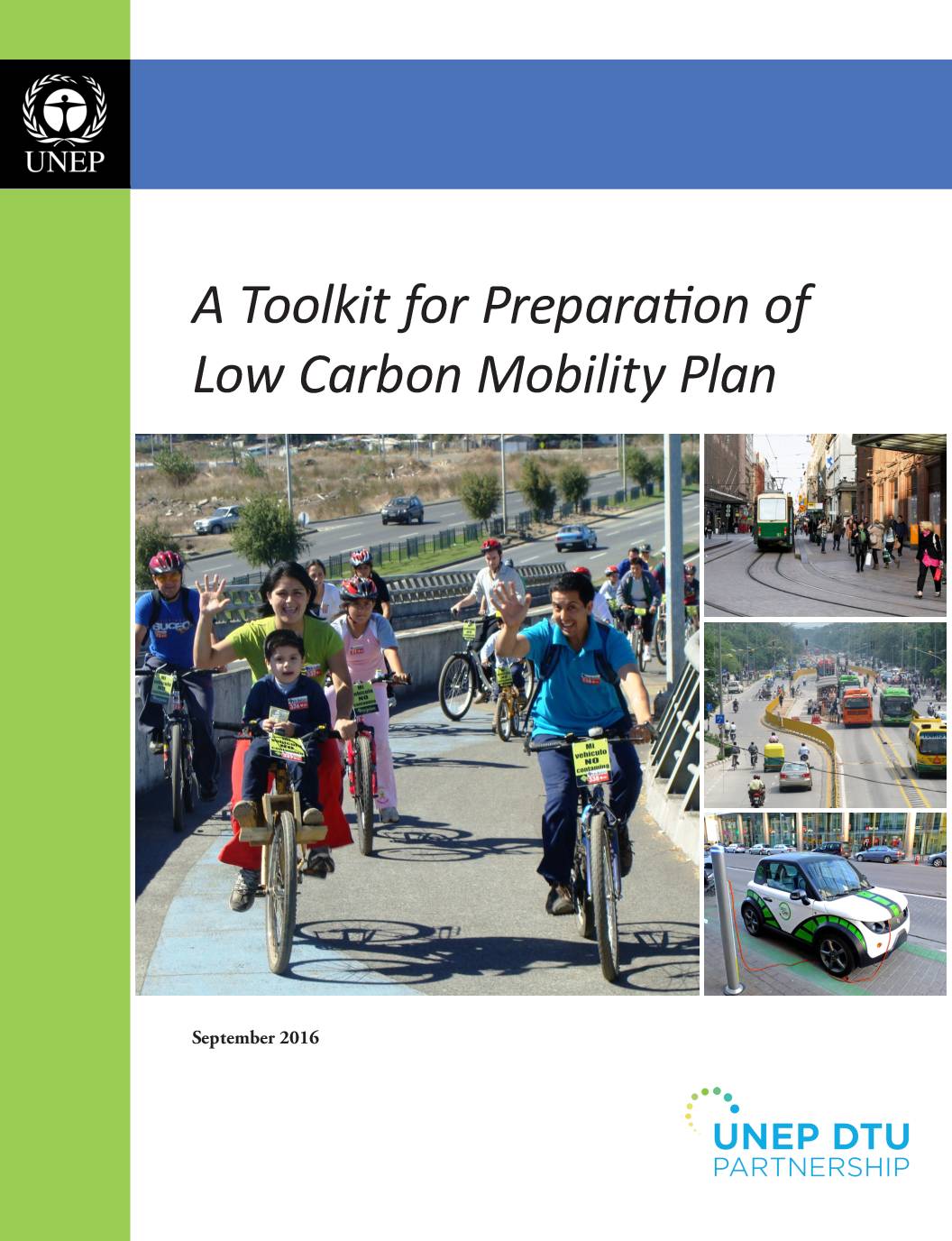The form and pattern of urban growth in the future has vital implications on climate change and sustainable development. Urbanization rates in developing countries are lower than developed countries, however, in the future, the developing world will urbanize and grow rapidly (UNPD, 2014); cities are expected to propel growth and further agglomerate. This is expected to drive the demand for housing, transportation and services.
Travel demand arises from the individuals’ need to participate in activities located at different geographical locations (land-uses). Travel can happen by non-motorised or motorised modes. When individuals travel by motorised transport, fuel is consumed. The consumed fuel, and its impact on the environment, is directly related to choice of transport mode, type of vehicle and fuel used. These choices depend on landuse configuration, availability and the provision of transport infrastructure. Therefore, since CO2 emissions from urban transport depend largely on land-use and transport policies, their integration is essential.
Presently, urban transport projects in many developing countries are prepared without the understanding of individual mobility needs, and implemented in a piecemeal manner (Munshi, 2013). Some cities have included traffic and transport studies in preparing transport master plans, however, these have largely focused on vehicle movement and not on accessibility – which is defined as the extent to which land-use and transport systems enable individuals to reach activities by a (combination of ) transport mode(s) (Guers, 2006). Thus, the major emphasis of these transport plans remains on extensive infrastructure development, such as expansion of road network, flyovers, improvement of road geometry, regulatory measures, etc. The aim of Low Carbon Mobility Plans (LCMP) is to develop a long-term vision for desirable accessibility and mobility pattern for people, and movement of goods in the cities.
LCMPs have been developed for a number of Asian cities, for example, Rajkot, Vishakhapatnam2, and Udaipur3 in India, and Medan, Menado and Batam in Indonesia4. In Europe, under the Transform project, Copenhagen, Genoa, Hamburg, Lyon and Vienna have also analysed options for low carbon mobility (Jabber and Glocker, 2015). This document draws inputs from these plans, and mainly from the experience of preparing LCMPs in India, and has a specific focus on cities in less-developed and developing countries where significant infrastructure will be built and, therefore, land-use and transport policies can play an important role in shaping mobility demand and mode choice.
Share this

Sector: Transport
Country / Region: Asia, Austria, Denmark, Europe, France, Germany, India, Indonesia
Tags: carbon, carbon dioxide, cities, climate change, drives, emissions, global climate, impacts on systems and sectors, infrastructure, international development, land use, projects, roads, sustainable development, transport, transport policies, urbanKnowledge Object: Publication / Report
Published by: United Nations Environment Programme
Publishing year: 2016
Author: Subash Dhar, Talat Munshi, Minal Pathak
